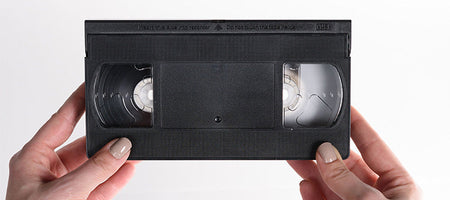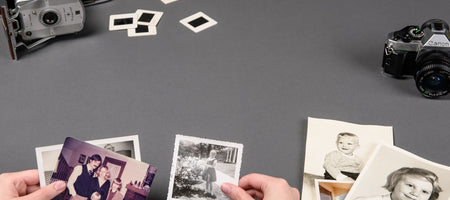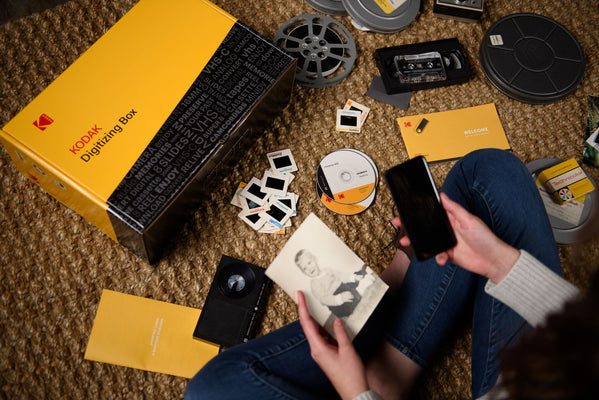PAL and NTSC are analog television color systems used in different parts of the world in television broadcasting and video. NTSC was the first system and was invented in 1954, and then PAL came along in 1962.
PAL stands for “Phase Alternating Line.” PAL has 576 visible lines compared to it’s NTSC counterpart, which has 480 visible lines. This gives PAL a 20% higher resolution than NTSC. The PAL system was used by a majority of European and Asian countries, all Africans countries that hadn’t been a Belgian or French colony, Argentina, Brazil, Paraguay, Uruguay, and Oceania.
NTSC stands for “National Television System Committee” and was an encoding system used in most of North America, western South America, Liberia, Myanmar, South Korea, Taiwan, the Philippines, Japan, and some Pacific islands.
If you have a collection of videotapes in which their origins span across the globe, you may have a mix of PAL and NTSC tapes in your possession.
Back in the day this may have proved to be an issue, as PAL and NTSC encoding systems were generally not used within the same countries and regions. So if you lived in a certain part of the world which utilized the PAL system, it may be difficult to find a way to play your NTSC tapes, as PAL compatible VCRs were likely the only tape players sold in that area.
In today’s world, not many people are watching tapes on VCRs anymore. And since digitization is becoming more and more popular and accessible, it’s a good idea to send in those tapes to a digitization service so that you can watch them on your computer or another device without worrying whether the encoding system will play well on your VCR. But since PAL and NTSC tapes look very similarly, how can you tell them apart?
First, check the plastic casing of the cassette first to see if PAL or NTSC is printed somewhere on it. Many VHS tapes have the encoding system printed onto the cassettes themselves, so you may be able to end your search there.
Another way to tell if a video is PAL or NTSC is to play the tape in a VCR. If you have an NTSC compatible VCR, then NTSC tapes will play normally whereas PAL tapes will be distorted, and vice versa.
Lastly, if you know the origins of your tapes, that can give you a big clue as to whether they may be PAL or NTSC. If your tape came from a region where either PAL or NTSC was used, you can assume that your tape uses the same encoding format as what was used in the area it was produced.
Luckily, when you get your tapes digitized, you won’t have to worry about encoding formats at all. We at KODAK Digitizing can transfer your tapes to digital whether they are PAL or NTSC, and then you can watch them on any digital device regardless of where the tapes were originally made or what encoding system was used. This is just another great reason why digitization is so helpful. If you haven’t been able to watch some tapes due to their encoding system being incompatible with your VCR, get them digitized so you can start watching them!













